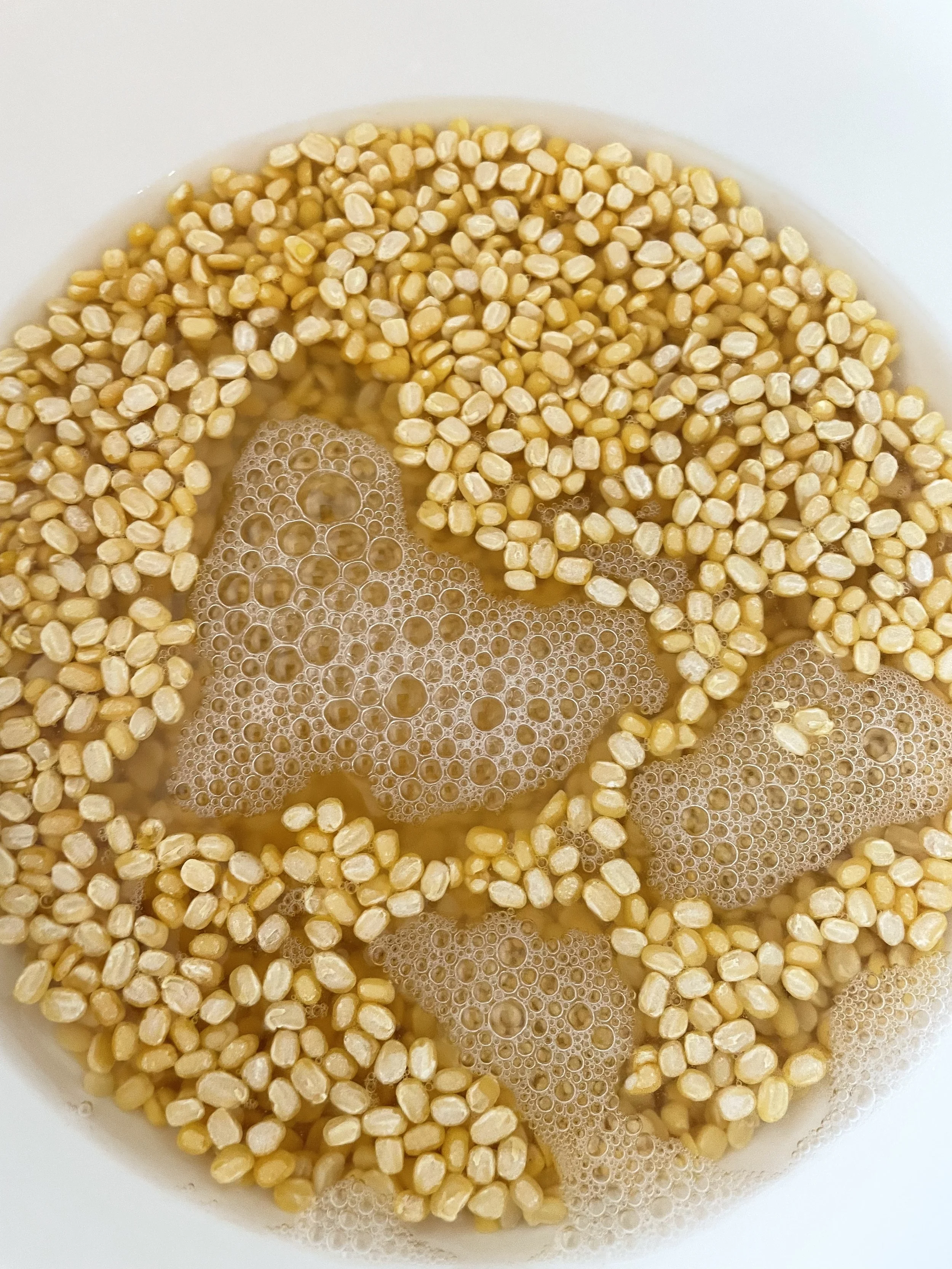Nourish Your Body and Balance Your Energies with Tri-Doshic Kitchari Recipe
In the world of Ayurveda, the ancient holistic system of medicine, the concept of doshas plays a pivotal role. The three doshas—Vata, Pitta, and Kapha—are the primary energies that govern our physical and mental well-being. Keeping these energies in harmony is key to a balanced and healthy life. One delicious and nurturing way to achieve this balance is through a Tri-Doshic Kitchari. In this blog post, we'll explore what Tri-Doshic means and share a delectable recipe for this Ayurvedic powerhouse dish.
Understanding Tri-Doshic
Tri-Doshic is a term used in Ayurveda to describe something that balances all three doshas—Vata, Pitta, and Kapha. These doshas are present in varying degrees within every individual, and an imbalance can lead to discomfort and ailments. Tri-Doshic foods and practices aim to pacify all three doshas, creating a harmonious equilibrium within the body.
The Magic of Kitchari
Kitchari, a traditional Ayurvedic dish, is a wholesome and nourishing combination of rice and lentils. It's easy to digest, making it a perfect choice for those looking to reset their digestive system or simply give their body a break. Tri-Doshic Kitchari takes this concept a step further by incorporating ingredients that balance all three doshas, making it suitable for a wide range of people.
Tri-Doshic Kitchari Recipe
Ingredients:
- 1/2 cup basmati rice
- 1/2 cup split yellow mung beans
- 4-6 cups water (adjust for desired consistency)
- 1 tablespoon ghee (clarified butter)
- 1 teaspoon cumin seeds
- 1 teaspoon coriander powder
- 1/2 teaspoon turmeric powder
- 1/2 teaspoon fennel seeds
- A pinch of asafoetida (hing)
- Your favorite veggies
kale, spinach, zucchini, etc.
- Himalayan salt to taste
- Fresh cilantro leaves for garnish
Instructions:
1. Wash the rice and mung beans until the water runs clear. Soak them for about 20-30 minutes, then drain.
2. In a large pot, heat the ghee over medium heat. Add cumin seeds, fennel seeds, and asafoetida. Sauté until fragrant.
3. Add the diced carrots and zucchini. Sauté for a few minutes until slightly softened.
4. Stir in the coriander, turmeric, and a pinch of salt.
5. Add the soaked rice and mung beans. Mix well with the spices and vegetables.
6. Pour in the water and bring to a boil. Once boiling, reduce the heat to low, cover the pot, and let it simmer for about 25-30 minutes or until the rice and beans are cooked and the mixture has a porridge-like consistency. You can adjust the water quantity based on your desired thickness.
7. In the last few minutes of cooking, add the chopped spinach or kale and let them wilt.
8. Adjust the salt to taste.
9. Serve hot, garnished with fresh cilantro leaves.
Incorporating Tri-Doshic Kitchari into your diet is a wonderful way to promote balance and overall well-being according to Ayurvedic principles. This simple, yet deeply nourishing dish can be enjoyed as a detoxifying meal or as a regular part of your diet to maintain harmony among the doshas. As you savor each spoonful of this warm and comforting kitchari, know that you're not only feeding your body but also restoring equilibrium to your energies.
